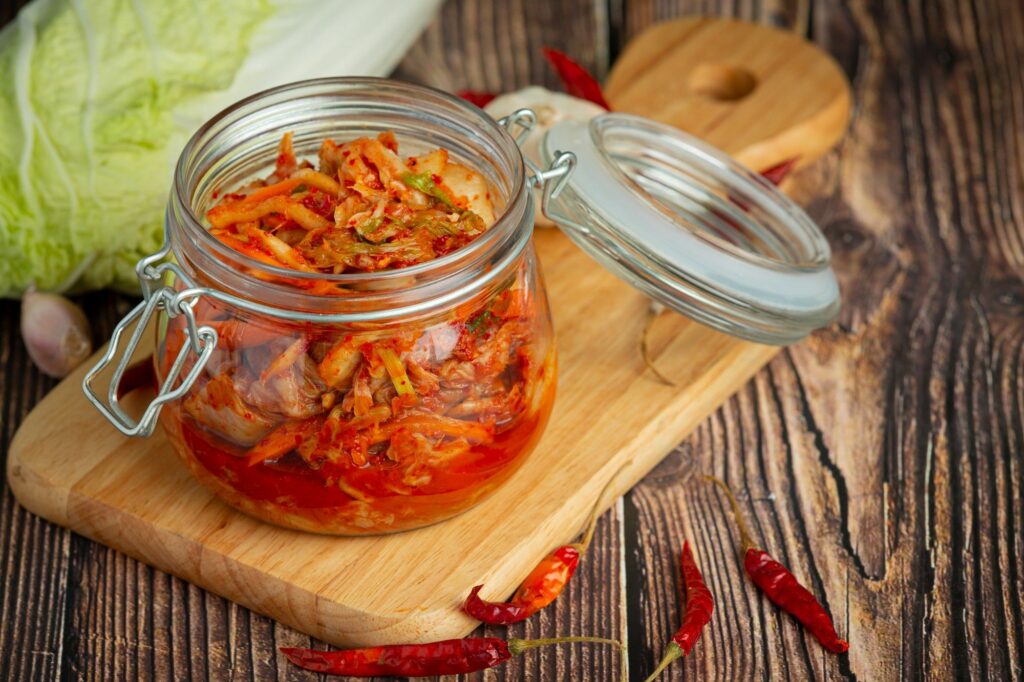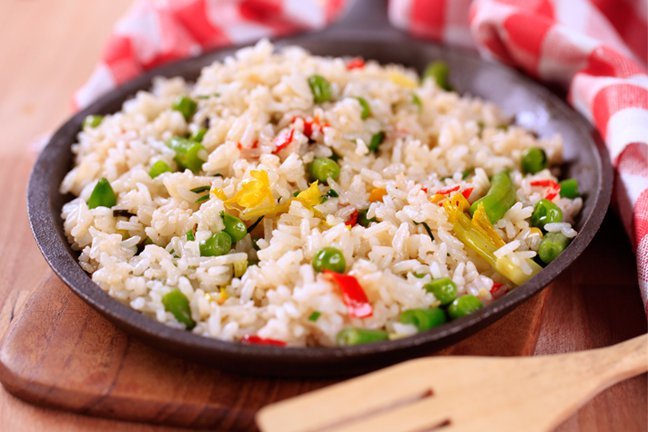Get Your Family To Enjoy the Meals You Cook For Them – Sign up to get access to a FREE Summer Special Meal Plan, a Seasonal Grocery List & a Seasonal Recipe
For generations achaar or pickles have been a staple in Indian homes.
Achaar/pickle as you must know, refers to fermenting seasonal vegetables and fruit. The process can take a couple of days or even weeks, requires careful placement in and out of the sun, and is preserved in oil/brine/vinegar for consumption, once ready.
I’m sure I’m not the only one who heard from her grandparents about the prominent role pickling of seasonal fruits and vegetables played in kitchens, back when they were younger. This was continued by them well into my younger days. Whether it was Gobi Shalgam or Gajar Kanji in the winter, Mango Pickle in the summer or Chilly Pickle which was an all-year-round staple, I’ve been lucky enough to have savoured them all!
However, as the years have gone by, while recipes have been passed down, convenience has become key! You do still have the annual pickle that your favourite aunt or in my case, my father, sends across. Given that the process can be a bit tedious, it is not as widely made and therefore consumed, as they once were.
Store-bought pickles have largely replaced the homemade varieties, but they have a bad rap owing to the large quantities of salt, oil and sugars used to make and preserve them. Pickles have garnered a bit of a bad reputation, and people largely stay away from them.
However, like everything our grandparents did, there’s much wisdom behind the choices that they made.
Benefits Of Achaars/Pickles When Made At Home:

Image by jcomp on Freepik
Enhances gut microbiome & health:
Through the fermentation process, pickled vegetables and fruits develop several strains of bacteria, yeast, fungi, bacilli and other microbiota which are known to increase the quantity & diversity of probiotic and prebiotic bacteria, which in turn, contributes to better gut health. This is directly responsible for our digestion, immunity, moods, skin health, and nutrient absorption among a host of other important functions
Enchants digestion:
As mentioned pickled vegetables and fruits enhance gut health owing to their pre & probiotic content, which improves digestion. Digestion is also further improved by pickles as they usually contain fennel seeds (saunf); asafoetida(hing) and mustard seeds (rai) which aid digestion
Rich in minerals:
Vegetable & fruit pickles are packed with various vitamins & minerals depending on what is used. Cucumbers, Cauliflower, Dill are rich in Vitamin K; Amla, Mangoes are rich in Vitamin C; Carrots are rich in Vitamin A. Nutrient profiles vary depending on which pickle is consumed
Protect against cellular damage:
As a process, pickling helps in the effective preservation and restoration of natural bioactive compounds and antioxidant capacities of fruits and vegetables. Pickles prepared using coloured fruits and vegetables contain pigments such as anthocyanins, flavonoids, carotenoids and other such antioxidants that are effective in scavenging harmful free radicals in the body, and therefore play a protective role against cellular damage
Protect from diabetes:
When foods are pickled in vinegar, there may be some benefit for diabetics, as several studies have indicated vinegar as being helpful in controlling blood glucose levels after a meal and increasing insulin sensitivity – both factors play a key role in protection from diabetes.
While there are plenty of benefits in consuming pickles, they can have a high salt & oil content even when made at home, so moderation is key!
Who would’ve thought the humble “Achaar” or Indian pickle would be such a potent tonic?
Image Source: Photo by SANTOSH RAULO on Unsplash

















